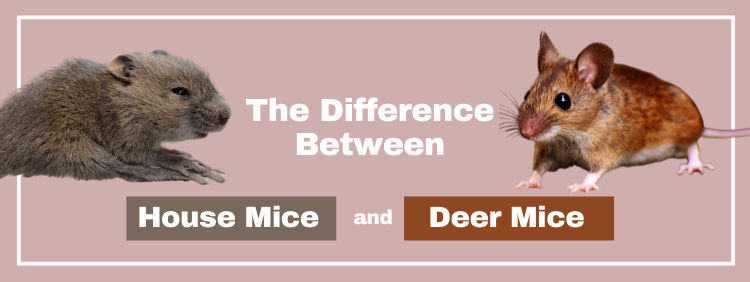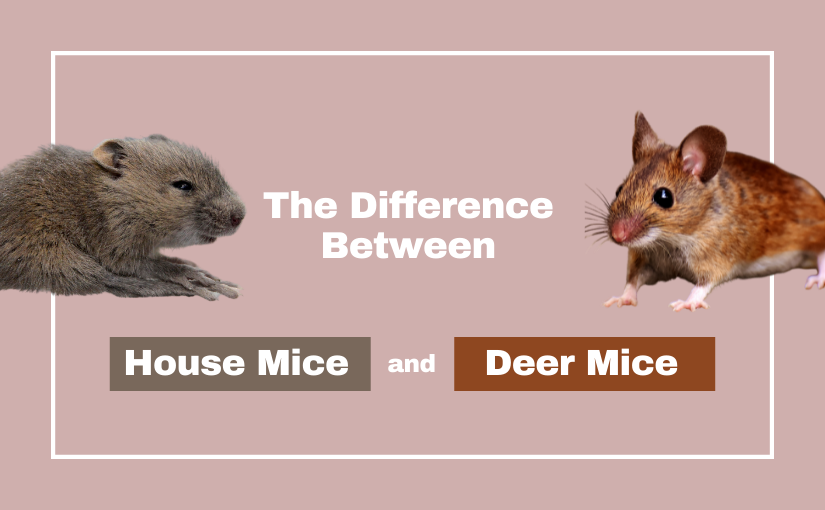
Any type of wild rodent in your house is cause for concern and reason to call pest mice control in Burlington. However, there are different mice species that might invade your home, including house mice and deer mice. Both have the potential to cause property damage and potentially carry disease. However, the two species are different in several important ways. Knowing which type of rodent you are dealing with may help you address the problem. Here are some ways you can tell the difference between house mice and deer mice.
Size
Deer mice tend to be a little bigger than house mice. The body of a deer mouse averages between three and four inches long. Including the tail, it may be as long as seven inches. House mice never grow any longer than five inches, including the tail. Their bodies average between 2.5 inches and 3.2 inches long.
Appearance
Because mice are nocturnal and very sneaky, you may not see them in the house at all. However, if you do catch sight of one, you may be able to identify it based on appearance. Deer mice have white or tan fur on their legs and underbellies, and grey or brown fur over the top of their bodies. Their tail is hairless, but it is observably two-toned like the fur of their bodies.
The fur of a house mouse is usually either brown or grey, sometimes black, but the colour is uniform all over its body. A house mouse also has fur on its tail that is the same colour and length as the fur on its body. It is not fluffy and bushy like the fur on a squirrel’s tail, but it is noticeable.
Habitat
If you have a mice infestation in a suburban area like Burlington, it is much more likely to involve house mice than deer mice. As implied by the name, house mice are adapted to live close to humans, taking advantage of the easy access to food and warmth that it provides. Deer mice may make their homes in human habitations, but these are often isolated cabins where visitors are infrequent. They can be found in suburban and urban areas, but typically in nearby forests or parks rather than inside houses. Both species have their own preferred habitat but can exist in the other as necessary.
Hoarding
Because deer mice resist living close to humans and prefer to live out in the wild, their sources of food may not be reliable. Therefore, if a deer mouse finds a plentiful source of good food, it will bring some back to its nest and stockpile it for lean times.
House mice have adapted to live close to humans, where food tends to be plentiful. They have no need to stockpile food because they can generally count on it being there when they need it. Therefore, they tend to be opportunistic feeders, eating whatever happens to be available.
Diseases
It is a good thing that deer mice rarely make nests in human homes because they are known to carry hantavirus, while house mice are not. Hantavirus is an acute respiratory illness that spreads from the droppings of infected rodents when humans breathe in aerosolized particles of urine or feces. There is no cure or vaccine for hantavirus. Approximately one-third of all people who contract it die, and most patients have to go to the hospital for artificial ventilation.
While house mice do not carry hantavirus, they can spread disease-causing bacteria, such as salmonella. They also carry lice and fleas that may spread diseases to humans.
Pest Mice Control in Burlington From Truly Nolen
Whatever kind of mouse problems you are experiencing, Truly Nolen can help you solve them using a comprehensive approach. Find out more about our rodent control services.
